It’s obvious, isn’t it?
How Confirmation Bias can drive sales
Andrew Watts, Holly Murrell, Cai Jin
How many times have you heard gossip which involves someone you’re not fond of and thought, ‘I knew there was something off about them?' Chances are, it’ll be quite a few.
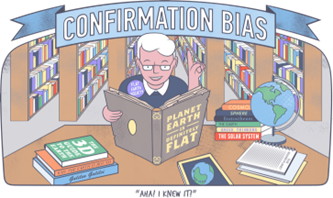
So why do we do this?
This is a result of Confirmation Bias. Otherwise known as the tendency to seek out or believe information that is already in line with our pre-existing beliefs.
You may think ‘surely that isn’t me’ or ‘I don’t do that’. However, we are all susceptible to a wide range of unconscious biases that drive our day-to-day behaviour, and confirmation bias is only one of many.
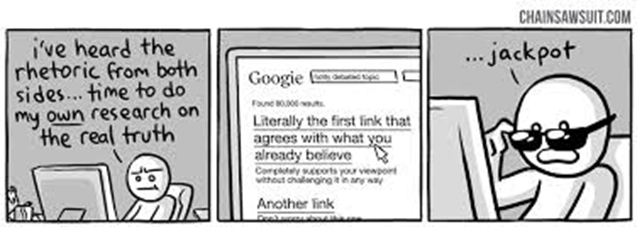
So, why are we susceptible to these biases?
The discipline of Behavioural Science has identified over 120 heuristics and cognitive biases that we all use unconsciously to help us make decisions. These biases are mental shortcuts that are used by System 1 Thinking, which is fast, intuitive and unconscious. This fast-acting system is balanced by our more rational System 2 Thinking, which is slow and conscious.
Though System 2 remains active, it takes a back seat to monitor the decisions of System 1, intervening when decisions are irrational. You could compare it to someone in the passenger seat of a long journey, capable of having a conversation or scrolling on TikTok throughout the journey but piping up when the driver veers too close to the kerb.
Working in partnership with Durham University Business School, KHWS have made behavioural science accessible & usable for brands to enhance the effectiveness of their marketing by mapping the key unconscious biases we use into 9 distinct Sales Triggers.
One of these Sales Triggers is called Obvious Truth – and it makes sense of Confirmation Bias to give brands clarity on the aspects of their product or service to leverage in marketing messaging to ensure it resonates.
Consumers’ beliefs are influenced by a desire to be consistent in their identity which is linked to healthy self-esteem. This leads consumers to be friends with like-minded people and consume media that supports their beliefs.
How can brands maximise their Obvious Truth?
By showing that they understand and share consumer’s existing viewpoints and values, brands can connect with their audiences on a deeper level, as when consumers’ encounter messages that resonate with them, they feel understood.
Patagonia
Sustainability
Patagonia are a prime example of this. Through their Worn Wear Program, Patagonia promote the repair and re-use of clothing, encouraging customers to send back their used products for repair, resale, or recycling.
This initiative is part of Patagonia's broader commitment to sustainability, reducing waste, and extending the life of products. They have long championed sustainability, naming Earth as their only shareholder.
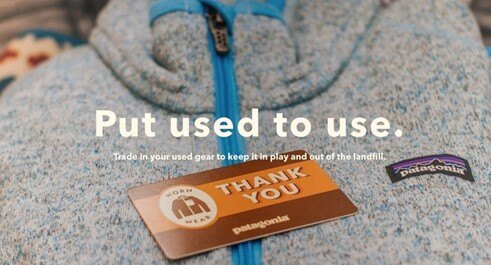
As their target audience are generally those with an active, outdoorsy lifestyle, their consumers also place a high value on sustainability and the environment. Whilst there may be cheaper alternatives to Patagonia out there, consumers remain loyal to the brand due to their shared values. In this instance, confirmation bias is making their audiences accept their price premium by highlighting in a compelling manner the brand's sustainability values.
The Worn Wear program not only minimizes environmental impact but also fosters a culture of sustainability, strengthening long-term connections with consumers.
Whilst sustainability reigns supreme in confirmation bias, it is not the only aspect of the Obvious Truth that is important to consumers that brands can leverage.
TOMS Shoes
Charity
Championing a charity presents a rich and emotive territory for brands to connect with their consumers using confirmation bias. Through their “One for One” model, TOMS Shoes differentiates itself from competitors by donating a pair of shoes for every pair sold. This social impact focus has led to the donation of over 100 million pairs of shoes, positively affecting communities worldwide. By emphasizing its commitment to giving back, TOMS creates a strong, unique brand identity that resonates with consumers.
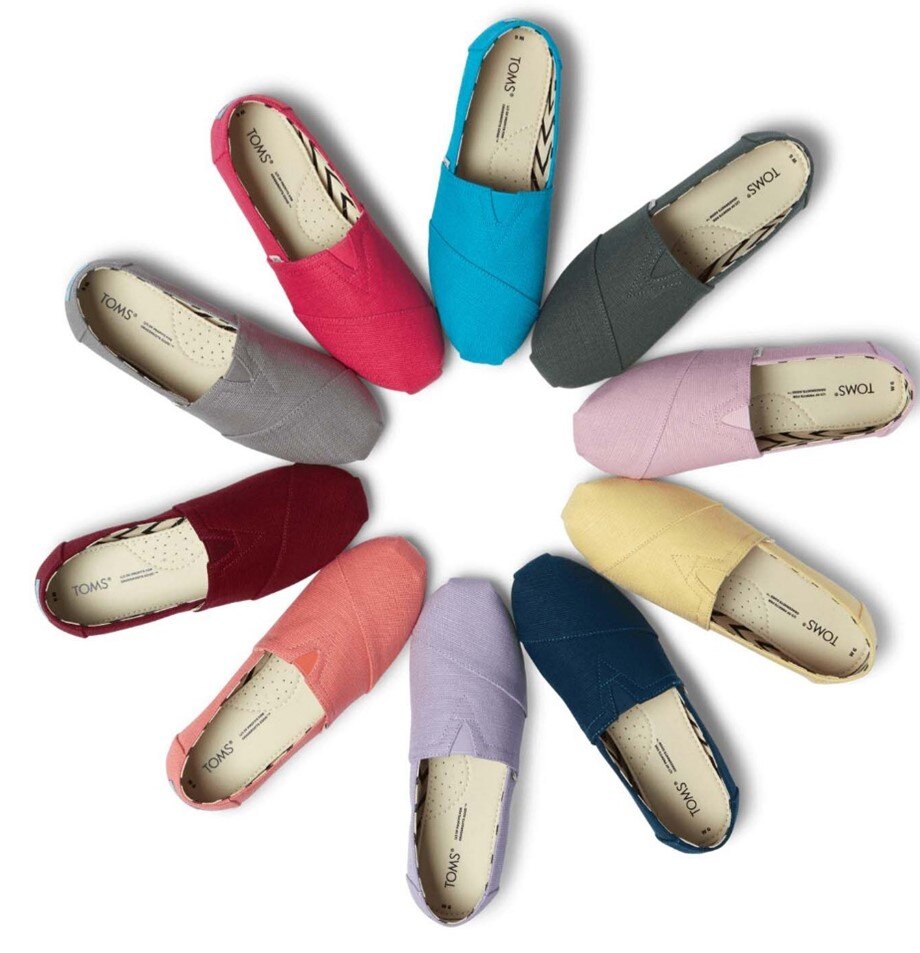
Nike
Political stance
Despite potential to polarise, brands can connect with consumers through taking political stances, especially in times of turmoil. In 2018 Nike divided consumers by sponsoring Colin Kaepernick, an NFL quarterback who took the knee during the national anthem in protest to racial inequality. Forbes highlight that whilst Nike received initial backlash through a 3% dip in stock and protestors burning their shoes, this effect was short lived. As within a month, Nike’s stock rebounded, regained its losses and grew by a further 5%, marking a record high.
Nike’s social media following also increased in support. The act of making a stance increased the loyalty of those who echoed these values.
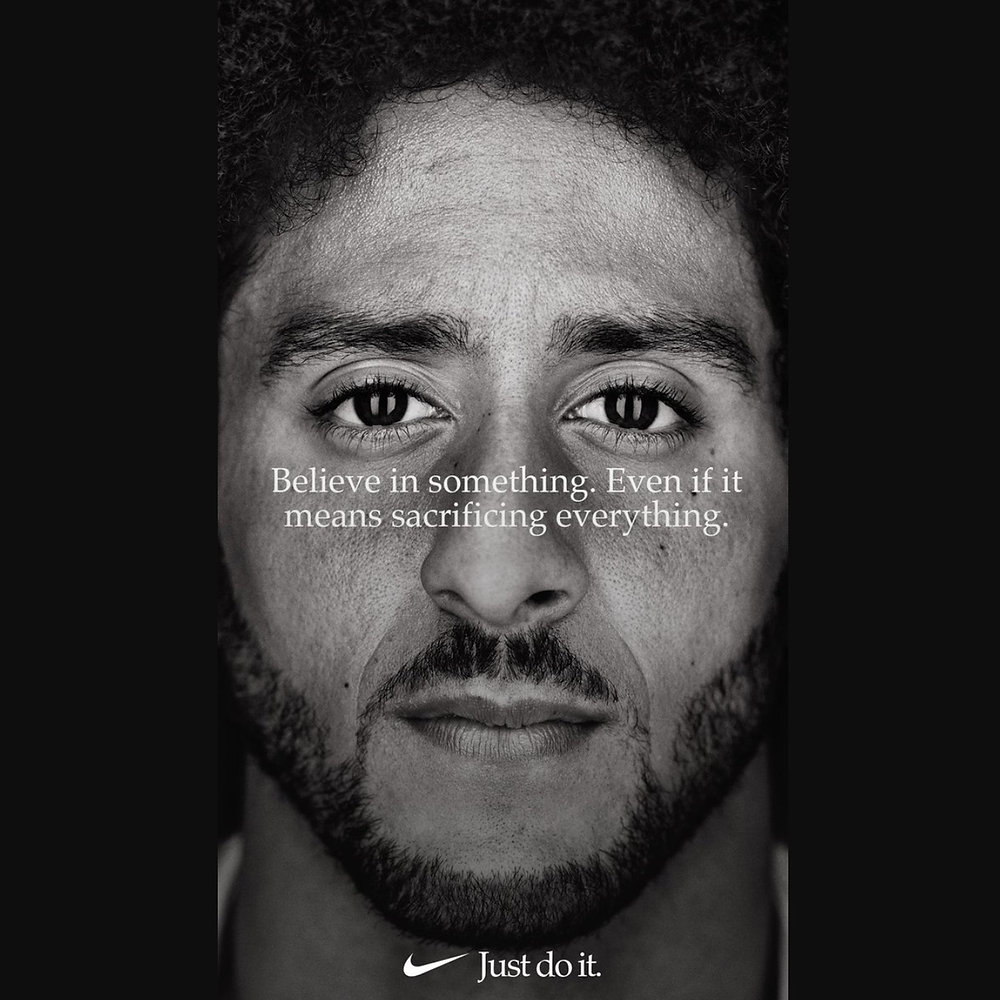
Dolmio
Family values
More subtly, brands can also harness confirmation bias by highlighting shared family values with consumer, something that Dolmio have been doing since day one. Their messaging centres around bringing families together over good food and showcases the importance of eating together.
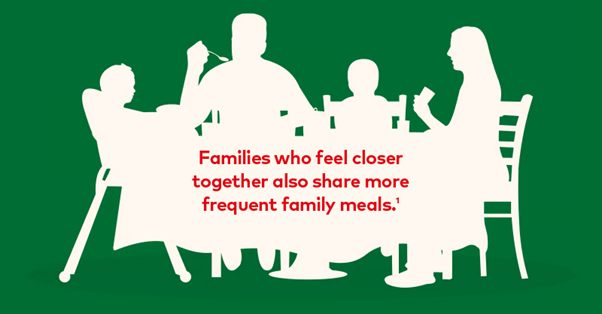
Don’t rest on your laurels
Over time a brand’s messaging can get tired.
KHWS recently worked on a project for Weetabix to identify new on pack messaging to attract lapsed & new consumers. We identified that that Obvious Truth message of “The Nation’s Favourite Cereal” was no longer resonating. However, what our insight methodology did identify was that consumers were impressed with the fact that Weetabix only worked with farms within 50 miles of their factory to limit their carbon footprint. This supports a report by Nielsen indicating 73% of Millennials and 72% of Gen Z are willing to pay more for sustainably made goods.
This led us to recommend new creative messaging based on the new Obvious Truth that we identified for Weetabix.
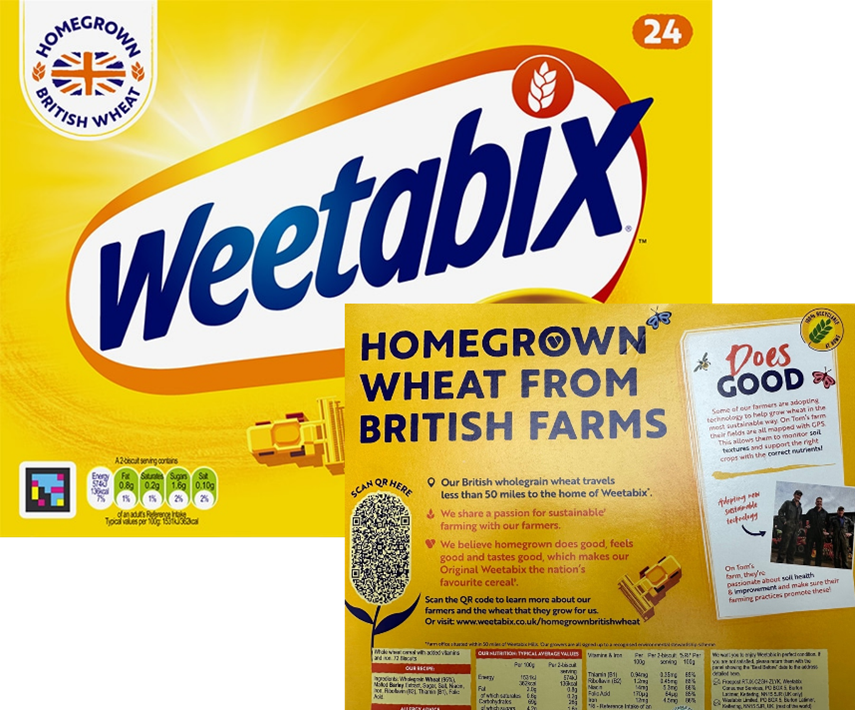
Make your brand’s Obvious Truth work harder
Marketing that resonates ensures you stand out in a crowded marketplace. By identifying and leveraging your brand’s unique truths your marketing has a much better chance of achieving this and of course higher sales.
For more information on how we deliver creativity that resonates using our proprietary creative insight process contact Andrew Watts at KHWS.
